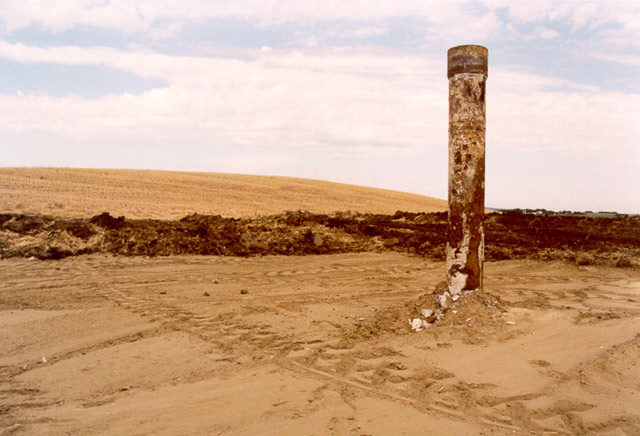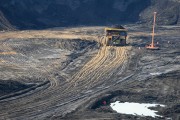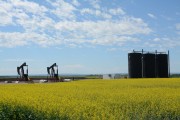There is a real, immediate opportunity for us to take action in Alberta on our growing abandoned oil well problem – a problem that stems from approximately $2 billion in liabilities for abandoned wells awaiting reclamation, and the ineffectiveness of regulations meant to prevent this problem from occurring.
Suspended, abandoned or orphaned?
An inactive well is a former producing well where production has now stopped. The three categories of inactive well are:
- “Suspended,” where activity has ceased but may restart.
- “Abandoned,” where the company responsible for them declares operations are finished and it intends to plug the well and restore the area.
- “Orphan,” where the company that held title has ceased to exist.
Alberta needs a permanent reclamation fund
While the Alberta Energy Regulator (AER) is trying to make progress on this issue, it is time to accelerate reducing the liability presented by thousands of inactive sites to ensure industry ultimately pays for the costs of business activities. Alberta needs a permanent reclamation fund to cover the cost of abandoned wells when individual companies cannot or will not. This Fund would have considerably larger scope and funding than the current Orphan Well Fund that industry and government fund to attempt to cover the costs of formally shutting down ownerless sites. Considering the current economic climate in the oil and gas industry it makes sense to initially subsidize the fund with taxpayer dollars so we can get Albertans back to work and address our environmental and financial liabilities. However, this fund must be sustained through an increase in regulated industry dues to address further liabilities.
Alberta must also prioritize formal abandonment for high and medium-risk sites. AER Directive 013 provides criteria to evaluate the level of risk of inactive wells. Those associated with a medium or high risk represent 31% of inactive wells and have the most potential adverse effects, including contamination of surface and groundwater systems, effects on air quality through uncontrolled emissions, impacts on wildlife and human health. An added benefit of targeting medium and high-risk sites is that the funding can include all oil and gas companies, as opposed to a program that is heavily subscribed to by only a few companies.
Finally, the regulator must increase suspension, abandonment, and reclamation standard stringency. Currently, 20% of inactive wells are deemed “non-compliant” by the AER, and over 50,000 wells have an “amended” status that does not clearly indicate whether operations have restarted at a well or it is still on standby. Current regulations could be improved to ensure that we are returning productive land rather than sitting on a backlog of thousands of wells that may or may not be operative. Amendments should be made to AER Directives 013 and 020 to improve stringency and limit the risk posed by these wells to Albertans as leased public lands are returned to the government. These changes need to include considerations for other environmental regulation, such as restoration of critical caribou habitat and the management of cumulative effects.
190,000 abandoned wells
Inactive wells carry potential risks for Albertans’ health and safety, and the province’s environment and economic sustainability. With orphaned wells, the financial and environment risks are passed on to the government and Albertans as the responsibility for proper reclamation of the wellsite falls back to the government.
Approximately 190,000 wells, for all intents and purposes abandoned, are a by-product of Alberta’s boom-and-bust economic cycles combined with the reality that most of the province’s traditional oil and gas assets are near the end of their productive life.
While operators are supposed to engage prescribed suspension procedures after 12 months of inactivity at a wellsite, they rarely do. In some cases, companies filing for bankruptcy abandon their wells without having started any suspension operations to make the site relatively safe – not to mention initiated formal abandonment procedures.
Initiating a self-sustaining fund enables us in Alberta to start addressing the liabilities that we have allowed to build up in this province.








